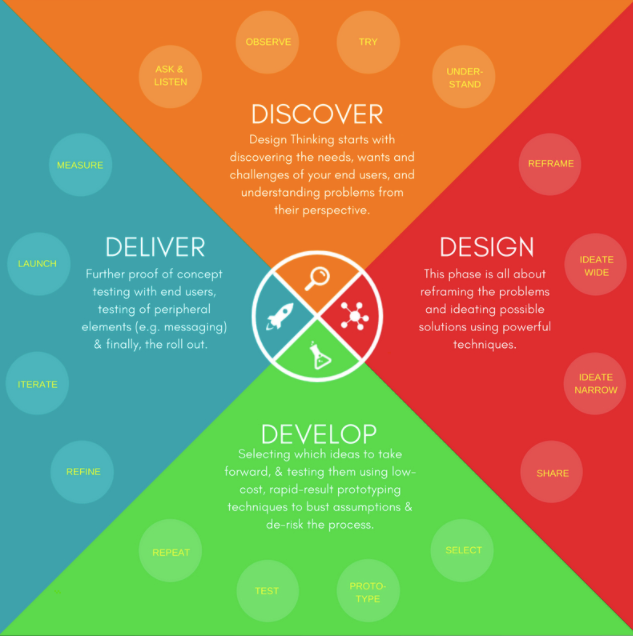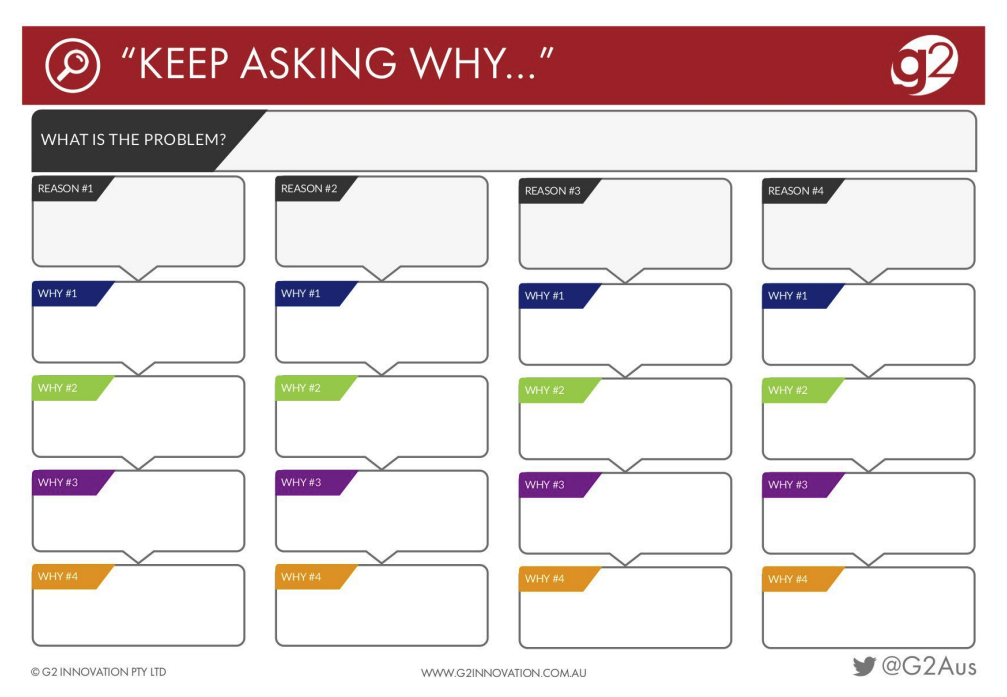Design thinking outside the square
 When you sit down to find a solution to a professional problem, the first question should always be “...what's the human need behind it?”. Human-centric at its core, design thinking is a process which puts the people and the problem before the solution.
When you sit down to find a solution to a professional problem, the first question should always be “...what's the human need behind it?”. Human-centric at its core, design thinking is a process which puts the people and the problem before the solution.
It is collaborating with end-users to identify common problems and work towards practical solutions to create something valuable and useful.
Using design thinking strategies to get to the root of a problem, we can work towards developing resources and professional learning opportunities that will meet the real needs of teachers, and provide greater value to our teaching community.

To help shape ACHPER Victoria’s ongoing resource development and professional learning work, in late 2019, a number of our team received design thinking training from G2 Innovation.
G2 broke design theory down for us into four easy-to-implement steps:
- Discover: uncovering the needs, wants and challenges of end-users, and understanding problems from their perspective.
- Design: reframing problems and ideating possible solutions.
- Develop: Selecting which ideas to take forward and testing them to challenge assumptions and manage risk.
- Deliver: proof of concept testing with end-users, then roll out.
Design thinking theory into practise
We invited a select group of real-world VCE teachers to participate in a co-design session. Part one (‘Discovery’ phase) was to identify teachers’ pains and frustrations, and goals and aspirations with VCE assessment. A pain point we are aware of is that teachers are time-poor and need assessment resources and support to make their lives easier and model best practice.
 To help us gain a deeper understanding of gaps in resources and current issues teachers face, and why, we completed a task called ‘The 5 Whys’.
To help us gain a deeper understanding of gaps in resources and current issues teachers face, and why, we completed a task called ‘The 5 Whys’.
Using G2’s template, together we:
- Chose a teacher problem and wrote it at the top of the page.
- Starting with top row, wrote down 4x reasons why this issue is a problem.
- Once top row was complete, filled each column beneath asking ‘why’ to the answer immediately above.
Some of the pain points VCE teachers experience around assessment uncovered by this process were:
- Quality of some commercial assessment tasks
- Developing assessment tasks takes considerable time which can interfere with being able to plan and develop content in other areas
- Many teachers they work alongside are not open to change in study design and new ways of assessing subject areas
- Answer guides can be vague, making teachers unsure as to how to guide students in practise responses
Identifying these challenges and ‘why’ they occur at a deeper level has helped us develop much more targeted support and resources for VCE teachers in formats which better meet teachers’ needs.
Although design thinking is predominantly applied in corporate settings, many areas of teaching could benefit from applying a design thinking lens. Consider how it could help teachers and community leaders solve a wide range of problems, ranging from addressing the needs of students and developing curriculum ideas, through to tools students can use for their own learning, and teaching as a whole. The sky’s the limit!
Design thinking relies a lot on getting feedback from the people who are experiencing the pains and frustrations – in our case, the teachers! We would love for you to share feedback with us to help us put teachers’ needs and ideas front and centre of our future plans.
To share your feedback with us please get in touch or click here to visit our VCE® Resources page.